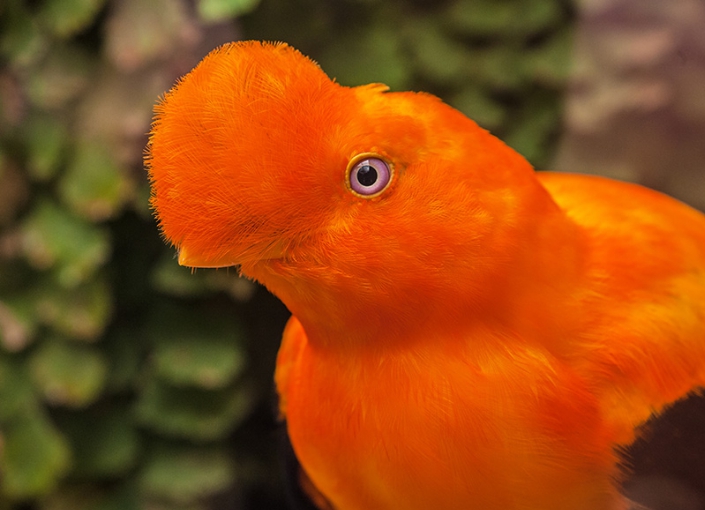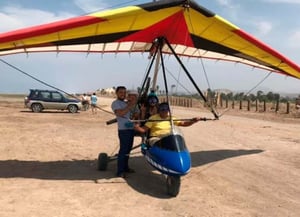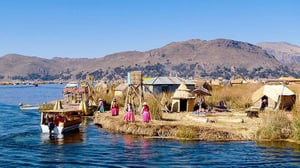Outdoor Activities
Birdwatching in Peru
Peru is geographically very diverse. As any Peruvian will proudly tell you, the country has three rough geographic regions: costa (the Pacific coast), sierra (the Andes mountains), and selva (the Amazon rainforest). The coast of Peru is largely exceptionally dry, with just a bit of humid forest in Tumbes (on the Ecuadorian border), but otherwise only patches of arid deciduous woodland that become rarer as one progresses south. The Andes, a prominent feature of Peru, span the length of the country, broadening to the south where the arid Altiplano (“high plain”) exists. Finally, the Amazonian lowlands of the East are dissected by many rivers, which are quite varied in vegetation makeup. The Amazon forests have remained relatively intact despite global climate change for millions of years, allowing organisms a long time to specialize in a narrow niche.
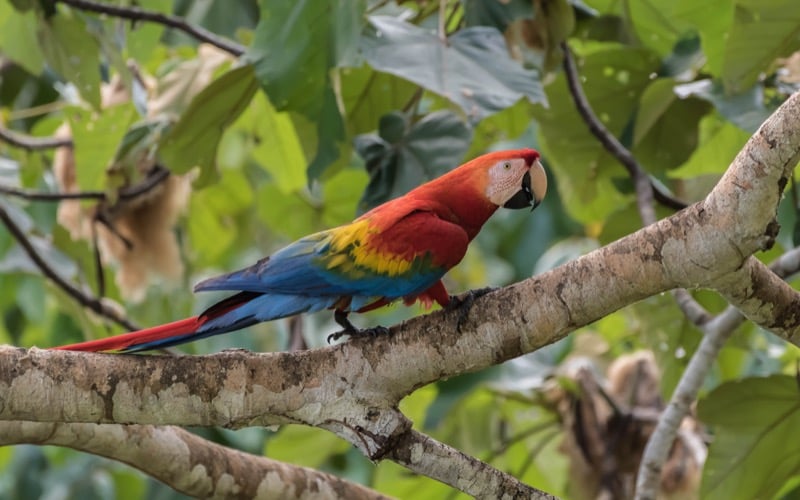 Colorful birds
Colorful birds
Specialization, low risk of extinction, and isolation in pockets of dry, montane, or other habitats result in entire species' ranges restricted to a tiny area, or “endemism.' In Peru's case, there has been a lot of all these processes, and the resulting endemism has been extremely high! In addition, access to many of these isolated mountains, valleys, and habitat patches has been difficult until modern times, which means there is still room for exploration.
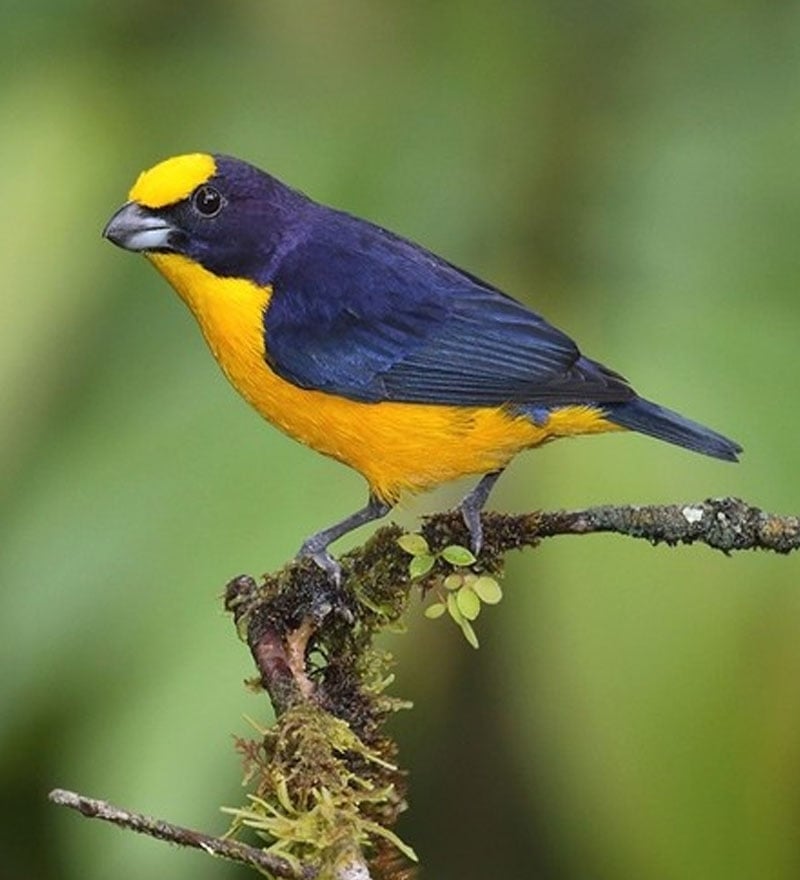 Diversity of birds
Diversity of birds
Many of the new species being discovered in Peru are drab-colored birds such as tyrant flycatchers and tapaculos. The discovery of gaudy or distinct species such as Orange-throated Tanager (described in 1964), Long-whiskered Owlet (1977), Scarlet-banded Barbet (2000), or Cordillera Azul Antbird (2017) also suggest that there are still some staggering discoveries yet to be made! There may still be as many as 30-50 new species yet to be described in Peru, perhaps most in regions still not easily accessible. It’s an exciting time to visit this rich country as a bird watcher and explorer. Getting off the beaten path isn’t necessary to experience many of the recently described species (the Inca Wren, only described in 1985, is found right around Machu Picchu, for example) So grab some binoculars and visit!



